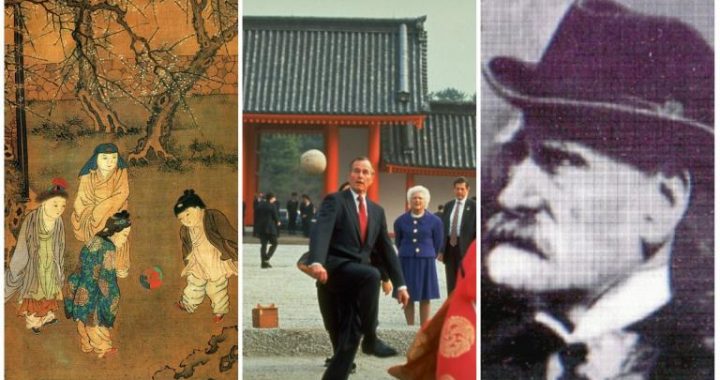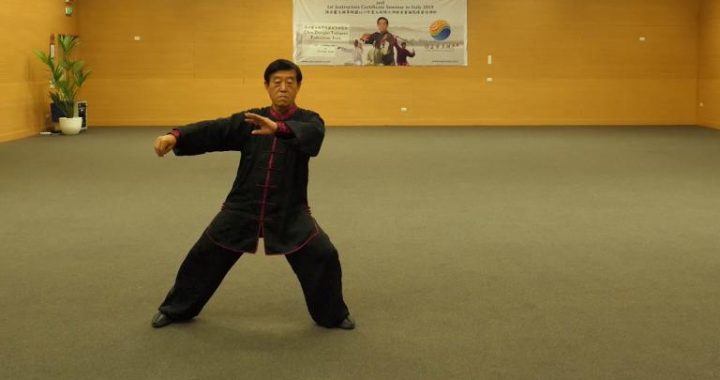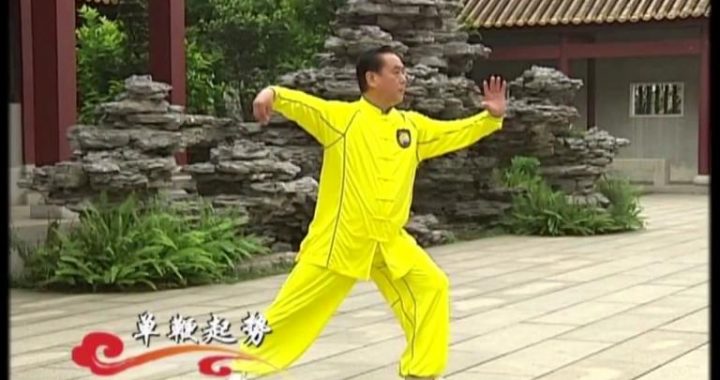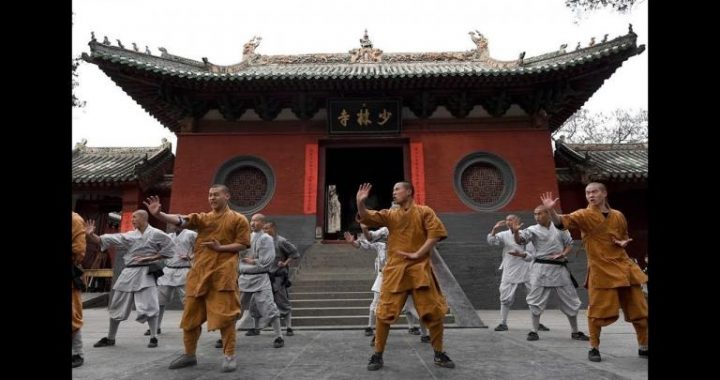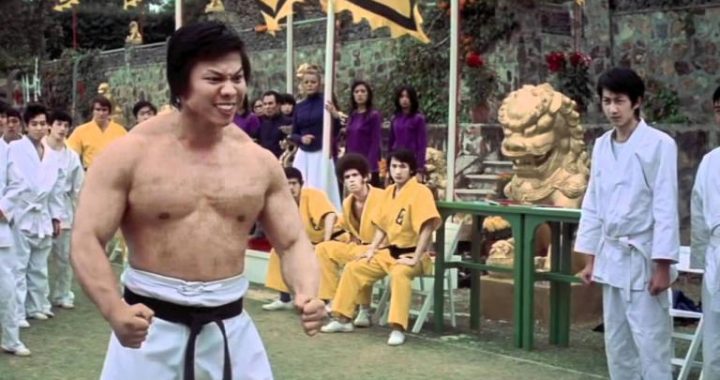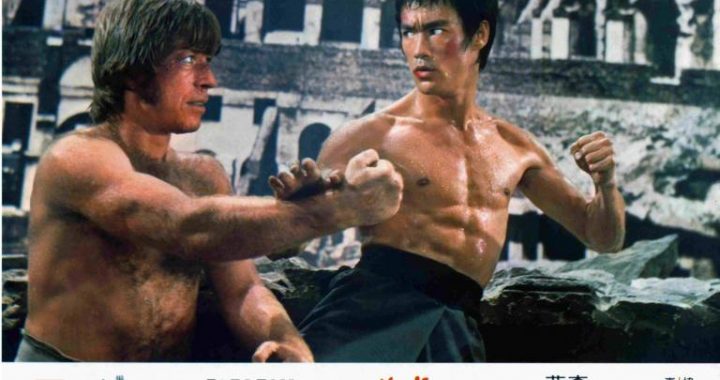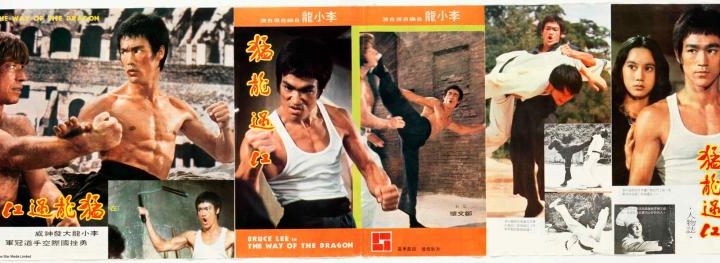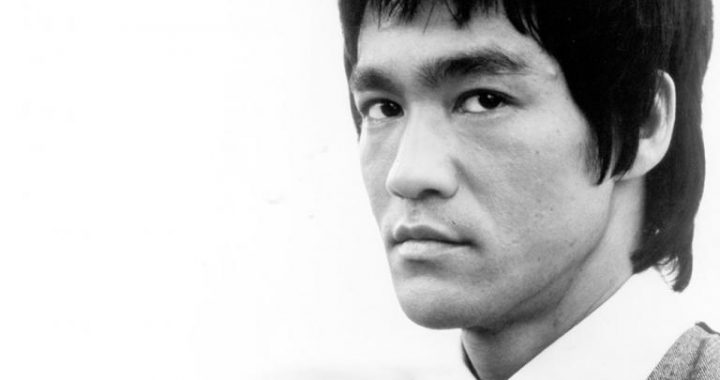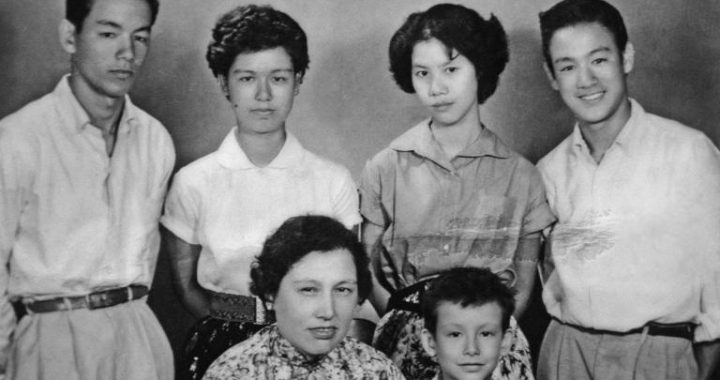About Qigong
5 min readQigong is also called”Neigong”or“Liangi”in the vocabulary of Chinese Wushu.The term “Qigong”first appeared at the end of the Qing Dynasty,and was called“Xingqi”or”Daoyin”in ancient times.Based on the meridian theory,it is a form of maintaining health using respiration regulation and”qi”circulation as the major method.Qigong is regarded as one of the most traditional Chinese regimens.

Traditional Chinese culture can be considered a combination of Confucianism,Buddhism and Taoism.As a minor branch of the traditional Chinese culture,Qigong also falls into three categories:the Confucian,Buddhist and Taoist styles.Among them,both the Confucian and Taoist styles took shape very early,while the Buddhist-style Qigong was introduced to China along with the Buddhism.
Confucian-style qigong is characterized by“seated meditation,”with“quiet sitting”as the main form.The Taoism qigong,guided by Zhou Yi(the Changes of the Zhou)and the theory of Yin-Yang and Five Elements,boasts a long history,rich literature and the greatest influence.Given that Zhou i is the classic work of Confucianism,the Confucian and Taoist styles can be said to have essentially originated from the same source,affecting each other and penetrating one another.However,Confucian qigong is more influenced by the Taoist style in its evolving process while Taoist qigong incorporates the effort and offers the richest written works.
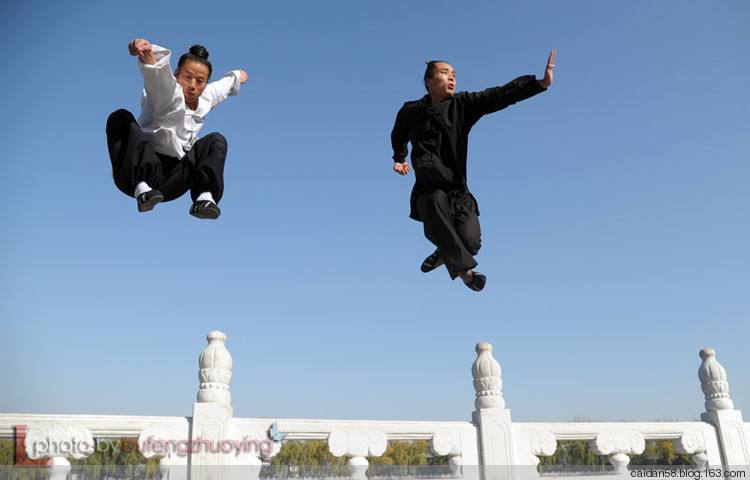
Buddhist qigong also includes many sub-branches,with the most influential ones being Jingtuzong,Chanzong,Tiantaizong and Mizong.
Chanzong(Zen Buddhism)has been the most popular one among all the Chinese Buddhist braches since the Tang Dynasty and is followed by Jingtuzong.Chanzong and Jingtuzong merged into one called the”combined practice of Chanzong and Jingtuzong”after the Song Dynasty.
Meanwhile,Jingtuzong advocates pursuing the western pure land of happiness,gaining popularity among ordinary people;Chanzong highlights the power of understanding and thus influences the intellectuals most.Chanzong qigong takes”Chanding”and comprehension as its major forms and “zuogong”(also called”zuochan”)is the most common practice.From Tiantai Mountain located in Zhejiang,Tiantaizong advocates Zhiguan Famen,which is used to guide qigong practice.“Quiet sitting”is its major form,which focuses on the sense of qi,accompanied by self-developed gong.
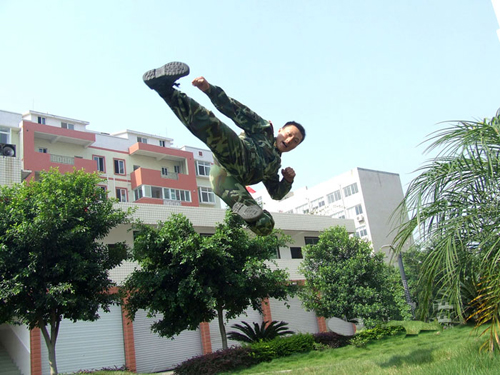
Portrait of Dao Yin(restored),the Western Han Dynasty,unearthed in Changsha,Hunan province The portrait had 44 figures of men and women with brief explanatory notes.Its contents consisted of treatment and healthcare.
The first picture of Shi San Duan Jin,from Internal Work Ilustration published in the eighth year under the reign of Emperor Xianfeng of the Qing Dynasty(1858).
The first formation of YiJin Jing,from Internal Work Illustration published in the eighth year under the reign of Emperor Xianfeng of the Qing Dynasty(1858).
Mizong,also called Tantra Yoga,was introduced to China from India as early as the Three Kingdoms Period,and spread in to Chang’an(currently Xi’an)and Luoyang areas in the Tang Dynasty,and later exported to Japan where it was developed into the Japanese Zhenyanzong style.It almost disappeared following the”Huichang Suppression of Buddhism”in the late Tang Dynasty and the turbulent Five Dynasties Period,but was carried forward in Tibet and evolved into several branches.Mizong is closely associated to the ancient Indian Yoga,its spread,however,is only limited to the Tibet area,but people on the inner land did not learn it until the 193os and 4os.
In a zigzag-spreading process,Confucian,Buddhist and Taoist styles have all been integrated with each other over a long period of time,affecting and complementing each other.
Qigong is regarded as a science,but historical reasons inevitably bring a touch of religious and sorcery elements into it.Regimen and qigong have intricate and undeniable links in China,and Neigong in Wushu is connected to Qigong,too.Qigong must be mentioned here as the issue of Wushu and regimen is being addressed.
The origin and development of Qigong had a closed relationship with self-aggrandizement.
Since early times,human beings dreamt about a kind of supernatural ability overwhelming all restriction.That was because,in reality,they had been dominated by the laws of nature and had been tortured frequently by nature.Therefore,they relied on this kind of delusion to deal with the weakness and passiveness. Thinking about the myths, they were thought to be the way the early people challenged nature and the cosmos in the delusion.
Later, with the development of society, human beings became more mature, so their delusions began to diminish. However, the self-aggrandizement of human did not disappear, but deposited deep in the soul, turning into a kind of unconsciousness to be passed down from generation to generation.
In fact, because humans do not enjoy being alone, they always challenge nature. After many failures, they still continue seeking new targets. Finally, they find the targets-themselves, which are available at all times and mind no responsibility for potential risk.
Few humans and the powerful and changeable nature make up the contradiction between the two parties with great disparity in strength. It seems that human do nothing to their strong opponents, but yet want to challenge their physiological limits. Two thousand years ago in the East, Chinese Taoists began to recognize and develop their physical power under the help of many health preserving methods, while Indians did so under the help of Yoga. The result of their development was what we call Qigong today.
When developing the physical power, our primogenitors found that, by exercising Qigong, even common people were able to have some kind of unimaginable power. For instance, Qigong can make the muscles of the body as tight as iron and with prodigious resistance to external attack. This kind of Qigong is called”Jinzhongzhao”or “Tiebushan”in martial arts. It can make the bodies of people softer so that they can bend and stretch their bodies flexibly, and this is called “Tongzigong”in martial arts. It can also make people more powerful, so that they can break stones and bricks using their hands and cut off stone monuments with their feet, which is called Yinggong in martial arts. In addition, Qigong can help prevent diseases and maintain health, which enables them to live a long and healthy life, and this kind of Qigong is called Yangshenggong.
In the psychedelic and wonderful Qigong, self-aggrandizement concealed deep inside human hearts can be aroused. Human beings want to surpass themselves, their lives and time, and they are willing to break away from all the restrictions. Therefore, their delusions get excited when exercising Qigong.
Life is what human beings value the most. Chinese people have profound understanding on this point so that they are more dedicated to developing health preserving methods than Westerners.
In accordance with the traditional Qigong theories, in order to exercise Qigong well,a person should first maintain a clear heart and conscious, meaning no desire for fame and fortune, being quiet, good endurance, determination, tolerance to loneliness and insight. With these preconditions, the person may succeed.
Qigong is helpful for preserving health. However, the result of the exercises may be different if exaggerated.
